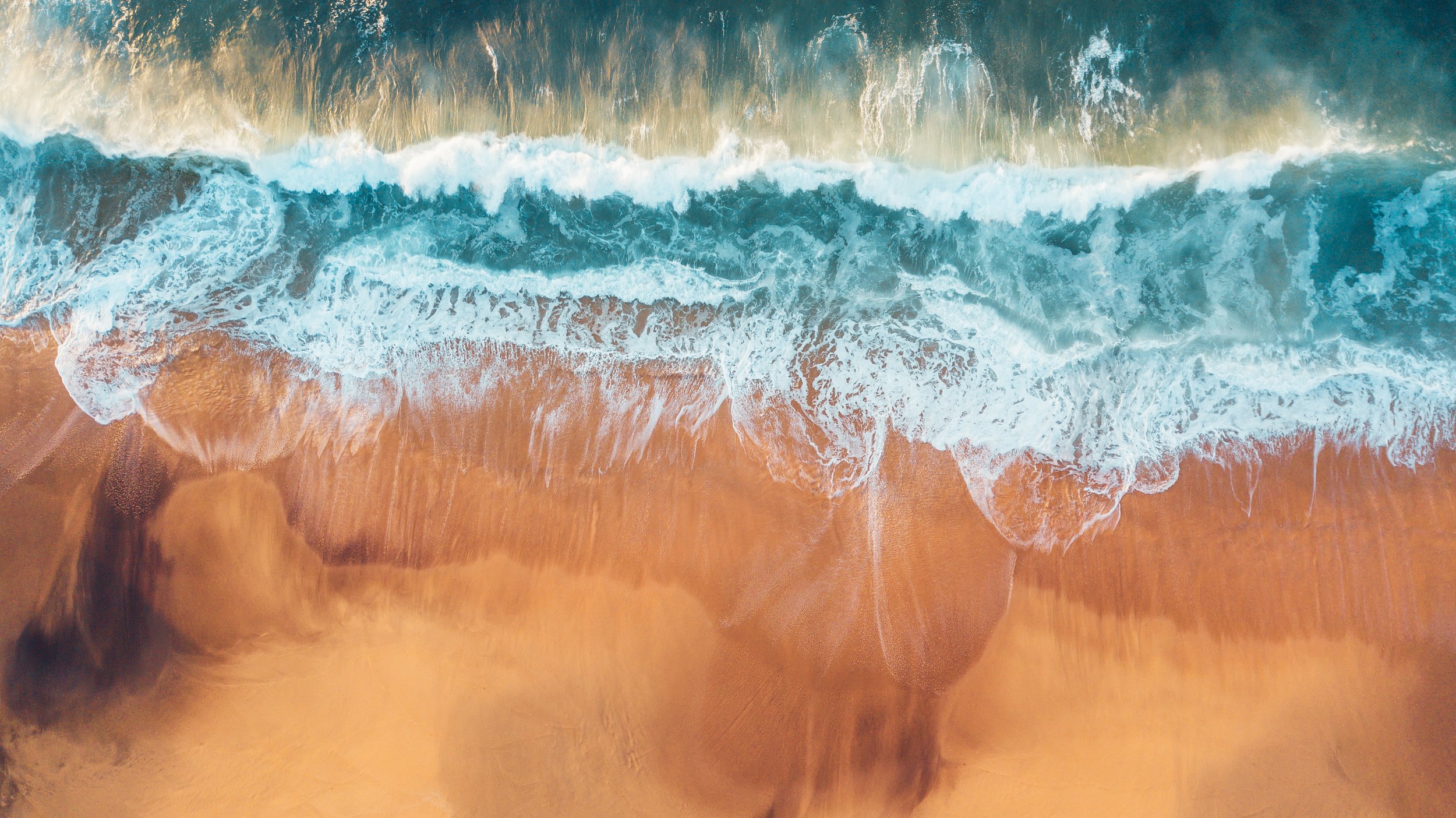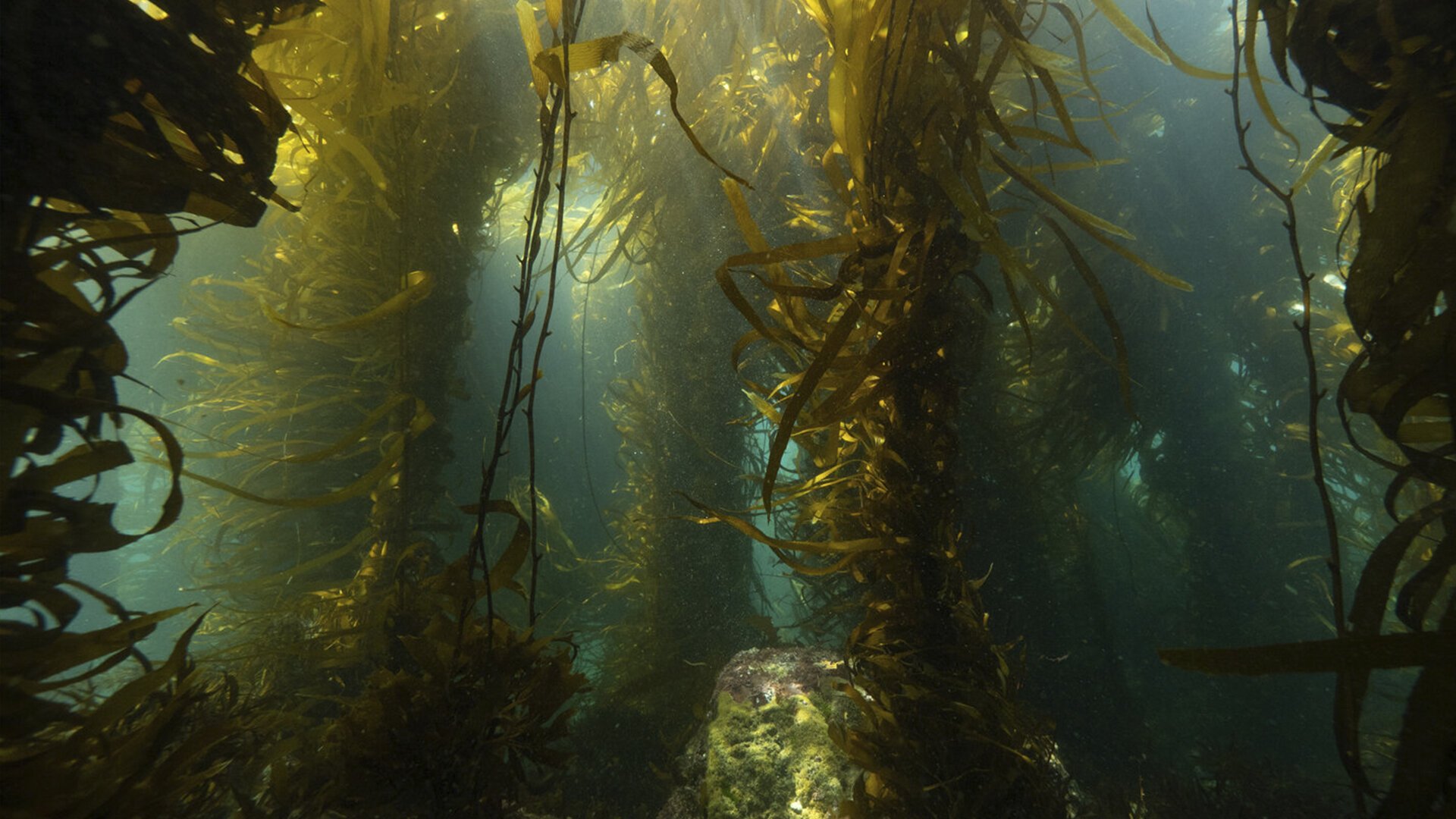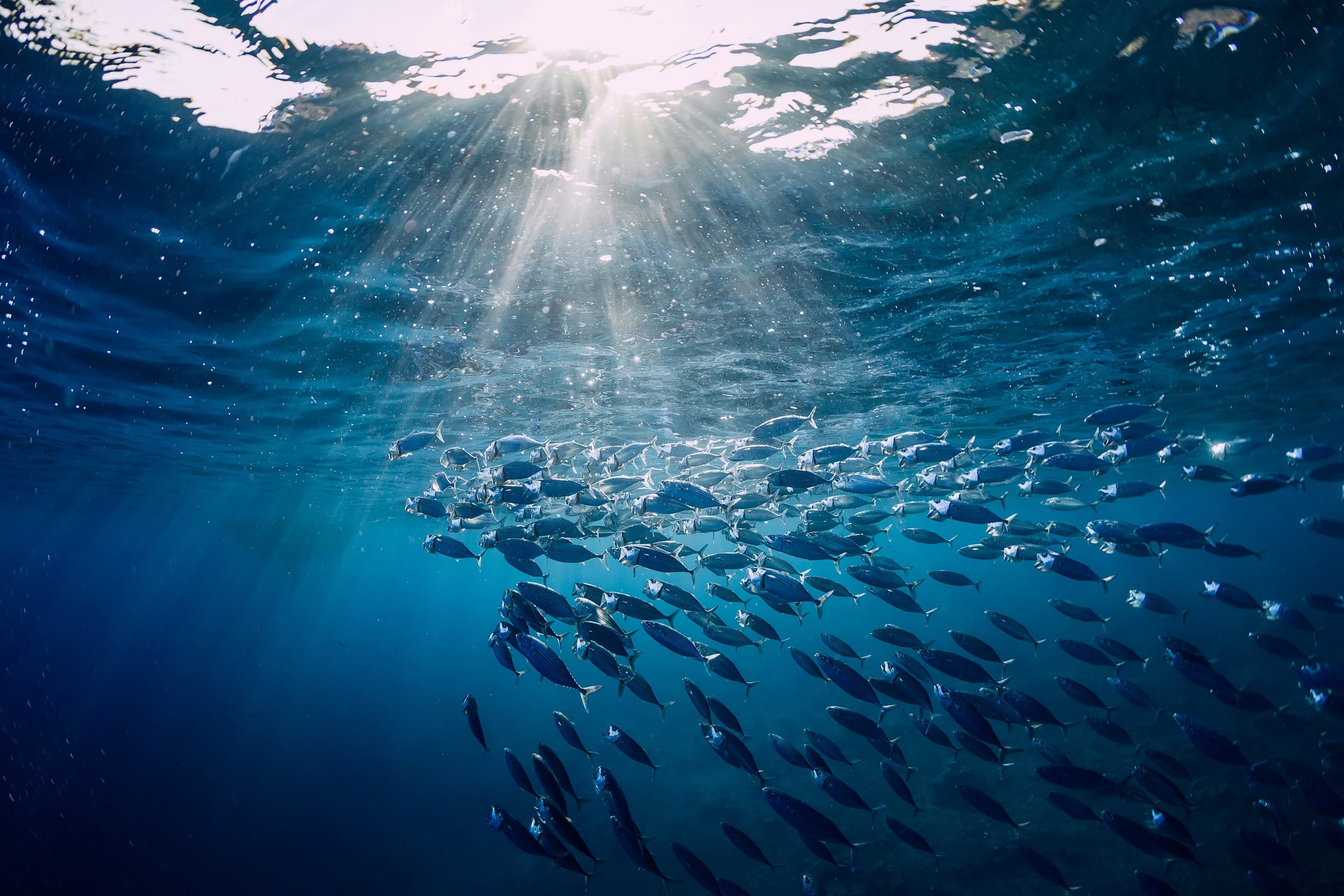
Coral Reefs and the
Climate Crisis
Australia’s iconic reefs are under threat.
The Great Barrier Reef
The Great Barrier Reef stretches 2,100 kilometres in length and covers almost 350,000 square kilometres total. It is one of the most iconic natural landscapes in the world, with an economic value estimated to exceed $50 billion, with tourism representing the most valuable at $29 billion.
The Great Barrier Reef is also one of the most biodiverse regions in the world, home to numerous species not found anywhere else around the globe.
Poor water quality is a major contributor to the crisis state of many coastal and inshore marine ecosystems of the Great Barrier Reef. The reef continues to be impacted by exposure to pollutants (mainly sediments, nutrients and pesticides) carried by land-based run-off. These pollutants are often linked directly to animal farming operations in Queensland. Beef production was linked to 94% of land clearing in Great Barrier Reef catchments between 2013 and 2018.
Environmental debris also creates poor outcomes for the Great Barrier Reef’s biodiversity, with plastic remnants found to be the most prevalent debris between 2014 and 2018 in all regions of the reef. The three most prevalent types of single-use plastic found were plastic drink bottles, plastic bags and plastic straws.
In July 2021, the World Heritage Committee decided against listing the Great Barrier Reef as “in danger”, despite recommendations from both the International Union for Conservation of Nature (IUCN) and the UNESCO World Heritage Centre, who based their recommendations on scientific evidence indicating significant decline. This decision was made in response to intense lobbying efforts by the Australian government who feared such a listing could deter tourists.
Coral bleaching
Coral reefs are often called the rainforests of the sea. Bleaching occurs when coral becomes stressed by changes in environmental conditions, like an increase in temperature. This causes the symbiotic algae that lives inside the coral tissue to be expelled, turning it white and lifeless. Mass coral bleaching was observed on the Great Barrier Reef in 1998, 2002 and 2015-17. In total, only 2% of the Great Barrier Reef has been untouched by bleaching since 1998. Up to 80% has been severely bleached up to three times since 2016.
Urgent action is needed to halt the devastating impact that human induced planetary warming is having on our globe's reefs. The energy and agriculture sectors drive the climate crisis, being two of the biggest emitters of greenhouse gas emissions.
Learn more about climate change, and its impact on wildlife, in Australia here.
Impacting marine life
Bleaching leaves coral vulnerable to disease, stunts their growth and reproduction, as well as impacting the species who depend on the coral communities. When bleaching occurs, shelter, breeding grounds and food sources for many species of wildlife are impacted. Similarly, animals who rely on the coral for habitat and shelter are forced to leave in search of new viable habitat. This could be considered the marine equivalent of habitat destruction.
Marine heatwaves
A marine heatwave is a short period of unusually high sea or ocean temperatures. They can be caused by a range of factors and may generate significant biodiversity changes or losses, including toxic algal blooms and mass mortality events.
Source: Bureau of Meteorology (2020)
The frequency and duration of such events are increasing. Due to mounting greenhouse gas emissions, extended periods of extreme warming have increased in frequency by 50% in the last 10 years. In February 2020, the sea surface temperatures on the Great Barrier Reef were the warmest they had been since records began in 1900.
Climate projections reveal that marine heatwaves are likely to increase in severity and duration due to greenhouse gas emissions caused by human activity – another case for urgent action addressing the climate crisis.
Marine heatwaves differ from coral bleaching because in warmer water, corals attract bacteria that accelerate their breakdown. When sea surface temperatures are high, this generates more bacteria and more destruction.
Impact on marine animals
Marine heatwaves have been identified as an important threat to oceanic biodiversity, causing habitat loss, disruptions to the food web, and mass mortality. In 2011, high water temperatures persisted along thousands of kilometres of the Western Australian coastline, causing devastating coral bleaching, mass die out of marine animals and wiped out kelp forests, which are an important habitat and food source to numerous species. Since then, abnormally high-water temperatures have been recorded in many more regions and can be considered the underwater equivalent of bushfires. Much like extreme weather events on land, marine heatwaves have devastating consequences for both marine biodiversity and the broader ecosystem.

The Great Southern Reef
The Great Southern Reef straddles five states across the southern coastline of Australia and yields some of the most unique and diverse marine life in its kelp forests by global standards. Covering 71,000 square kilometres, the reef contributes more than A$10 billion to Australia’s economy each year.
Kelp forests are the biological engine of the Great Southern Reef, producing as much as 65 tonnes of biomass per hectare per year, which is more than 16 times the yield from Australia’s most fertile wheat fields.
Many areas of the reef are already showing severe signs of stress and degradation, with waters of the western and southeastern reef currently warming between 2 and 4 times faster than the global average. Kelp forests have also been lost due to local impacts of coastal development and pollution from discharge of sewage and storm water in the east and south, or a marine heatwave in the west.
Scientists and organisations such as Great Southern Reef, Balu Blue Foundation, Mission Blue are working to bring awareness to this, and push for further conservation and solutions to this area.
Moving forward
Explore some of the solutions available to the current issues facing our marine environment on the previous page.

Stay up to date with us
Receive email updates on the progress of Defend the Wild and our latest campaigns by signing up to our mailing list.





